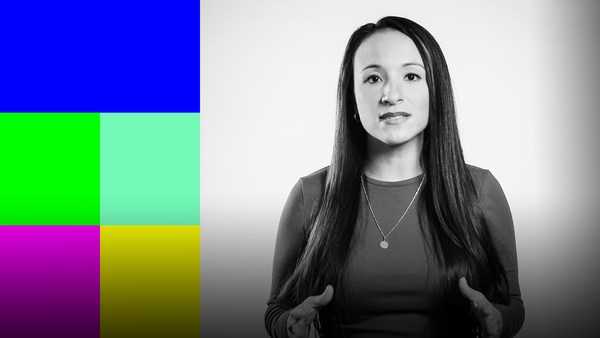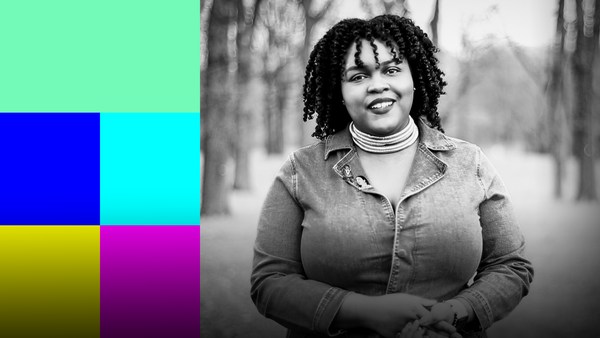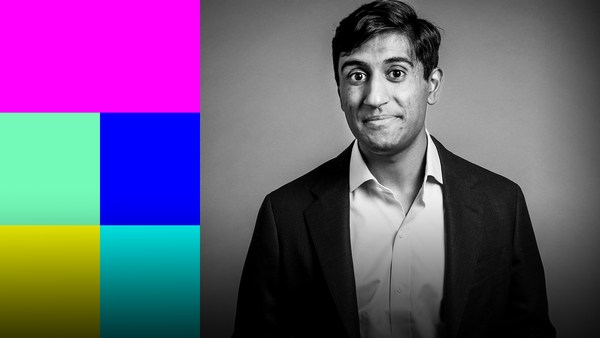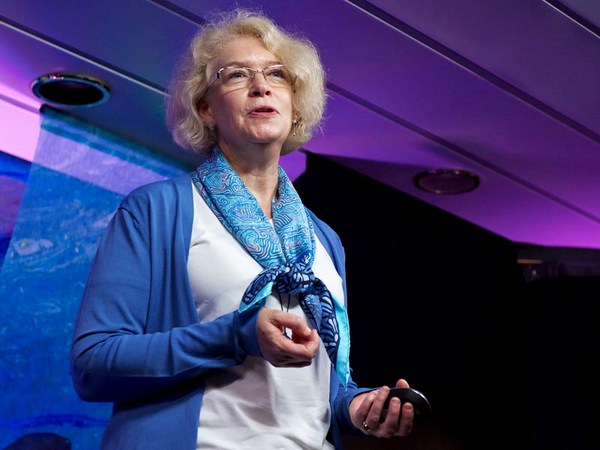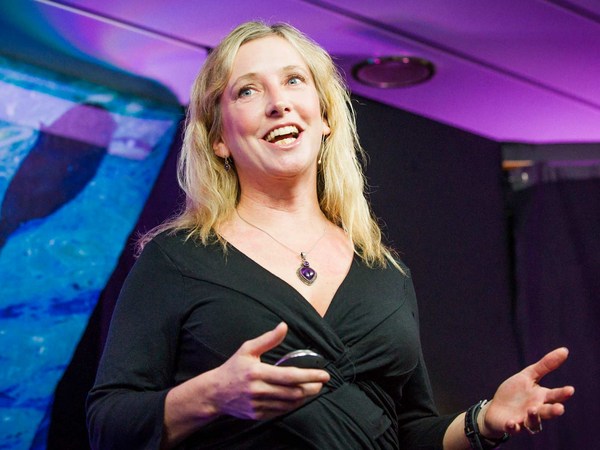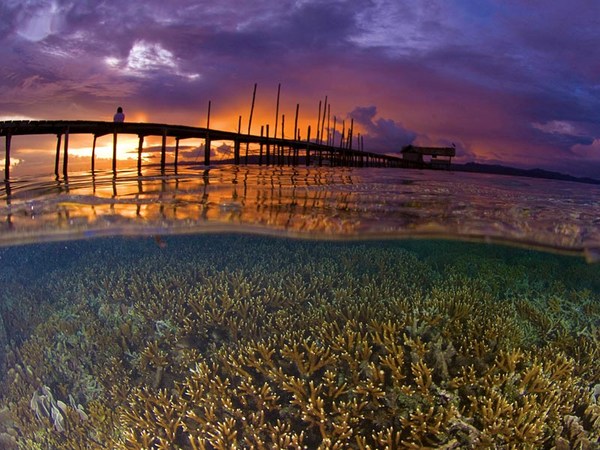[SHAPE YOUR FUTURE]
A decade ago, after a peaceful revolution toppled the longtime Tunisian dictator Ben Ali, I was sitting in an orange grove outside of Athens, Greece. Undocumented migrants were hiding there. I came to interview them about human rights abuses they had suffered while entering Europe. One of them, a Tunisian fellow in a leather jacket, explained. The people who overthrew Ben Ali, they want democracy and a dignified life. “We, who have crossed the Mediterranean, want democracy and a dignified life.” What is the difference? The migrant is a kind of revolutionary. This idea stuck with me and informed my work as a lawyer and a scholar ever since.
As Middle Eastern revolutions turned into civil wars, the refugee crisis unfolded in the Mediterranean. This exacerbated political pressures against asylum seekers. Initially, the European Court of Human Rights took a strong stand against border violence. In 2012, the court decided that Italy cannot turn asylum seekers back from the Mediterranean to dangerous Libyan territory, without first hearing them. The human rights community cheered. I was not one of those who cheered.
In my scholarship, I predicted that this kind of decision could also generate bad results. States determined to enforce their own borders could turn back asylum seekers even before they enter the supervision of their own courts. I was regretfully correct.
In recent years, the Italians have relied on Libyan militias to do their dirty work. So eager are some European governments to ditch their own human rights obligations, they've equipped and armed Libyan militia, ignoring their rampant use of torture. This is also why, since January 2014, more than 34,000 migrants have died by drowning in the Mediterranean. And since COVID-19 began, the militarized border in the Mediterranean has become in some ways even more extreme. But how does the militarized border cause deaths by drowning? I'd like to illustrate by a reference to a case I'm currently working on.
On November 6, 2017, a group of asylum seekers left the Libyan coast and traveled through the Mediterranean, hoping to reach Europe. As the overcrowded boat started to break down, they sent a distress signal, and under international law, states are obligated to facilitate the rescue of vessels in distress. Now, a strange confrontation followed. Two vessels, not one, came to pick up the asylum seekers in distress. One of them was sailing under a European flag, its crew in civilian clothing. The other was a Libyan vessel with its crew armed and in the very uniform of the government that these people had fled. For the asylum seekers, the choice was clear. Many jumped into the water, determined at all costs not to let the Libyans pick them up. Twenty people drowned, victims of a contemporary struggle for liberation across borders.
What I didn't predict a few years back was the courageous response of civil society volunteers such as members of Sea-Watch, who have literally inserted their bodies between the Libyan forces and the migrants in the water.
Crucially, they've also brought back images from cameras on board and body cams. These images allowed my colleagues, Charles Heller and Lorenzo Pezzani to visually reconstruct the events of November 2017. When they came to my team and me asking that we go back to the European Court of Human Rights, I was hesitant. States always have ways to circumvent progressive human rights decisions, but the evidence spoke for itself.
With my colleagues Violeta Moreno-Lax and Loredana Leo, we filed the case at the European Court of Human Rights. We argue that Italy, as well as Europe, cannot rely on Libyan militia to sidestep their own accountability. On a high level of generality, the question is when is a point of contact established between a person in need of protection and a state that can protect them. I've called this moment the human rights encounter. It is a dramatic moment in which legal commitments are put to an existential test. It's not about human rights law generally, but a particular person in a particular time. About simple commitments we have to each other as persons. It is not merely by chance that the sea becomes the environment for this large-scale struggle for liberation across borders. As for the court, it has recognized the human rights encounter, when it's physical and direct.
In the case I just told you about, we go further. Even when mediated by technology or by proxy forces, the underlying commitments to human rights should not change. In my organization, the Global Legal Action Network, we pursue this case I told you about as part of a strategic litigation program. We consider international law and the laws of many countries. We collaborate with researchers and activists who use cutting edge technologies to document violations across many borders. As war, persecution and climate change continue, we believe this strategy will redefine the future of human rights lawyering. The future of human rights lawyering is not only about a struggle against one corrupt leader or another. It's also about questions concerning how do we all inhabit this planet together?
Thank you.
